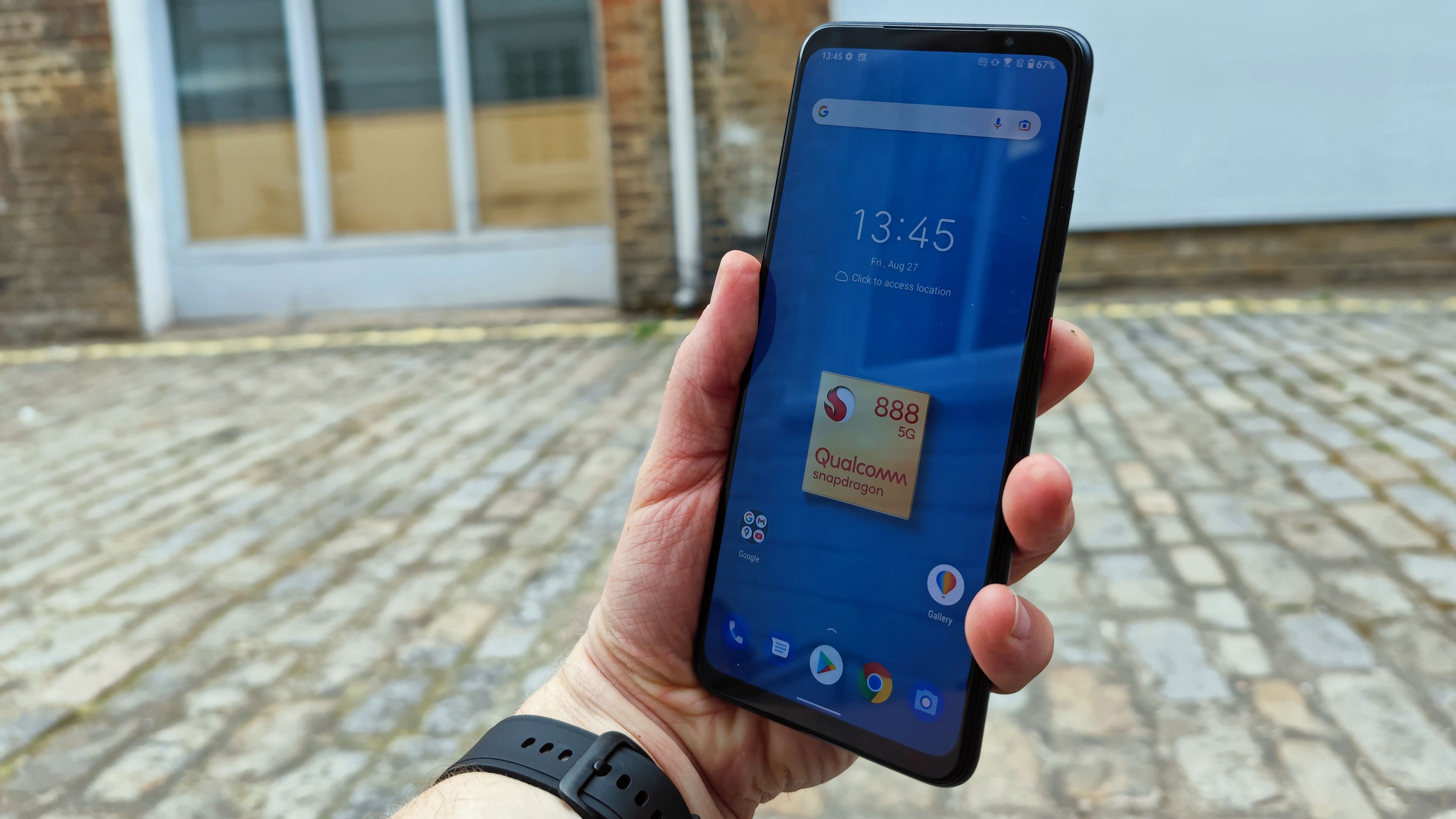One of our favorite cheap phones of the last year is the Xiaomi Redmi Note 10 Pro, a low-cost powerhouse with a great-looking screen and high-res main camera (though it didn't get included in our official budget-phone ranking due to its price being just a touch over what we allow). Now, it sounds like this phone is getting a follow-up.
A leaker on Chinese social media network Weibo has provided the specs of both the Redmi Note 11 and Note 11 Pro, giving us an early look at two devices that haven't been leaked much. Take this with a pinch of salt, as the leaker isn't the biggest in the world.
According to the leak, the Redmi Note 11 will have a 50MP main and 16MP front camera, 120Hz screen, 5,000mAh battery and 33W charging - it's worth pointing out that the screen and camera specs are improvements over the Note 10, while the battery and charging are the same as on that older device. In addition, the chipset is said to be a MediaTek Dimensity 810, and the display is LCD, which would actually be a downgrade from the AMOLED Note 10.
- What we know about Xiaomi 12
- Expect the Google Pixel 6 soon
- 2022 will bring the Samsung Galaxy S22
The listed Note 11 Pro specs are nearly identical to the Note 10 Pro's, but the charging speed is faster at 67W, there are said to be twin JBL-tuned speakers, and a Dimensity 920 chipset will be used.
It's worth noting the obvious: these are incomplete specs lists, and there might be lots more to find out about these devices, as otherwise they sound similar to their predecessors.
The leaker also includes prices for the phones in a few different configurations, each going up to 8GB RAM and 256GB storage, but with how different China prices can be compared to global ones, converted prices are almost useless as predictions of a price outside China. Instead, expect similar prices to the Note 10 series.
We'll have to wait for more leaks on the Redmi Note 11 and Note 11 Pro to get a better idea as to the phones, however mobile fans might have noticed one intriguing spec on the new phones that points to a big shift for the mobile market.

Analysis: Snapdragoff
For a long time Qualcomm's Snapdragon line of chipsets was found in the vast majority of smartphones, with its low-end 400 and 600 series in low-cost devices, the mid-range 700 hunks of tech in mid-rangers, and the top-end 800 series saved for premium mobiles.
A shift has been happening in the last year or so though - MediaTek, which used to provide its chipsets to a choice few small or low-end phones each year, has been growing rapidly, and we're seeing its tech in loads more phones.
The Redmi Note phones are a great example. The Note 10 and 10 Pro used the Snapdragon 678 and 732G respectively, but the new leak points towards MediaTek silicon. Xiaomi also made this shift for its Xiaomi 11T, which uses the Dimensity 1200 instead of Snapdragon internals like its family members.
This shift isn't exclusively for Xiaomi though. The OnePlus Nord had Snapdragon but the Nord 2 had Dimensity, and the same pattern happened from the Vivo X60 Pro to Vivo X70 Pro; the list goes on.
The move from the Snapdragon hegemony shows a change in the mobile power dynamic - MediaTek has been seen as the scrappy underdog, and like Adam Sandler's character in The Longest Yard, they're pulling off a successful power coup.
So why do brands choose MediaTek over Snapdragon? Well it's hard to say for sure, especially as each brand likely has a different reason, but since the brand's chipsets used to be exclusively used in cheap phones, a potential reason emerges. It's possible that MediaTek's processors are just cheaper to use, letting phone makers keep mobile prices low.
A second reason, that works in conjunction with the first, is the power of these processors. You used to see 'MediaTek' on a phone specs list and assume the device would be weak, but that's no longer the case, as Dimensity chipsets are catching up in power to Snapdragon ones.
So this processor diversity could continue into the future. We wouldn't expect top-end smartphones to start using MediaTek chipsets, as the company doesn't have anything to rival the powerful Snapdragon 888 just yet, but in the low-end and mid-range markets there's a lot going on.
from TechRadar - All the latest technology news https://ift.tt/3pdW7eg
Aucun commentaire: